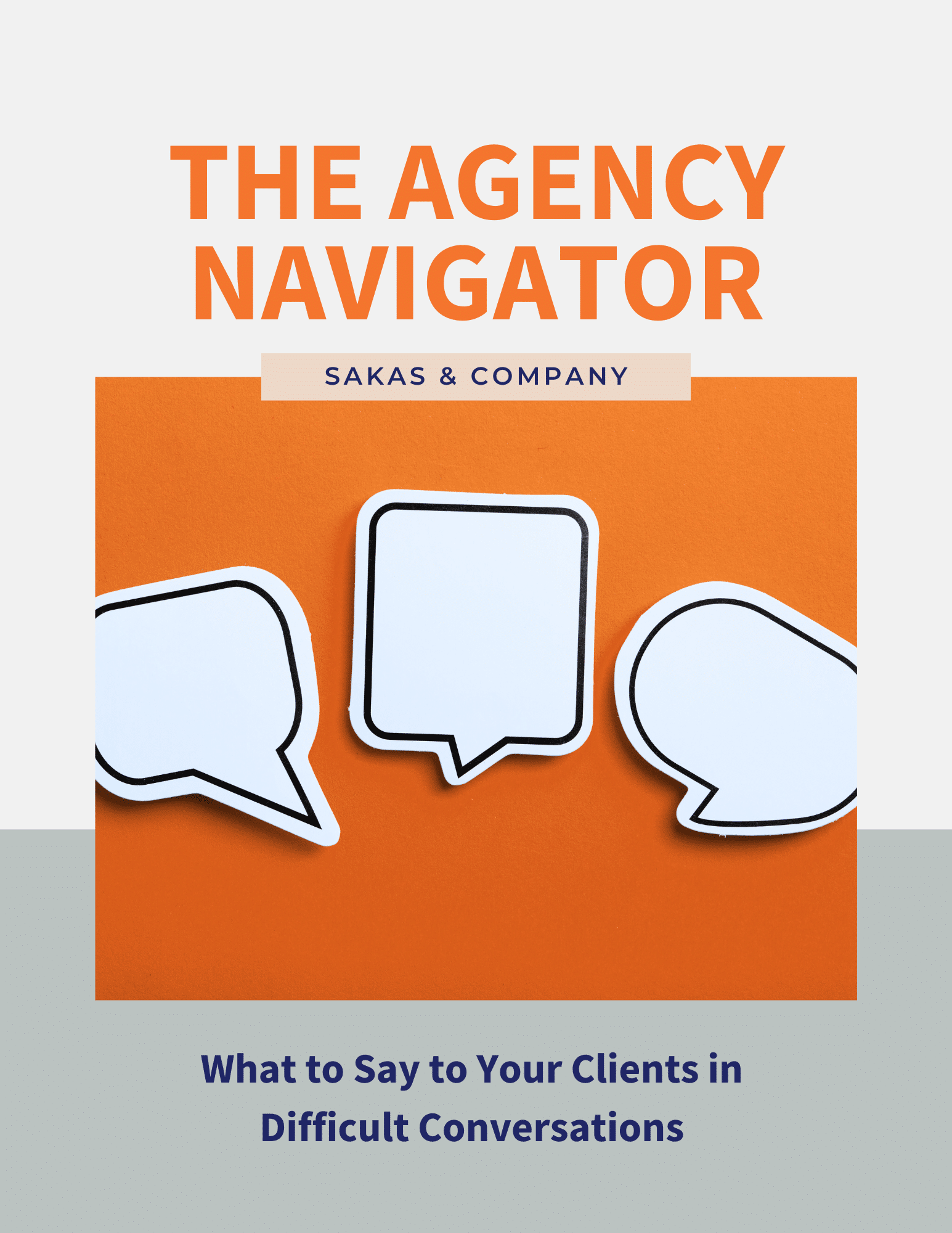Are your clients bugging you with support and maintenance requests? A content update here, a CSS tweak there, and a “Could you spend 30 minutes on this?” in between?
Maintenance work can be quite lucrative, but it’s not right for everyone—and if you don’t structure it properly, providing marketing maintenance and support can be an unprofitable headache.
Let’s look at what to consider—including how to be smarter about maintenance and support services.
1) Decide if whether maintenance and support should be one of your agency’s services.
Some agencies specialize in support—while many agencies do maintenance work grudgingly. You should be proactive and decide whether it’s one of the services you want to offer.
If you don’t want to do maintenance, plan to refer the work elsewhere—and make the introduction early, not the first time a client calls for help.
2) Weigh whether to train clients to submit “support” requests via a ticket-tracking system.
This approach is low-Warmth, but better than missing requests—you don’t want requests to get lost in a team member’s email inbox.
3) Consider whether to have freelancer(s) handle most of these requests.
Not perfect, but this can cut back on the interruptions your primary team receives. You’ll need to build a stable of freelancers to make this work.
4) Ensure all the one-off clients are under contract, with current payment info.
You don’t want someone to spend 45 minutes on a request, only to find you have to track the client down for payment info and aren’t likely to get paid.
5) Don’t offer prepaid packages if you don’t have a way to track the work.
This includes a system that anyone can use to track work they do under the maintenance model. You either over-deliver—hurting profitability—or under-deliver—hurting renewals.
If you do go the prepaid route, be sure to have a policy on how you handle “rollover” hours (I recommend saying hours are “use it or lose it,” but to occasionally relax the “no rollover” policy for good clients).
6) Charging hourly is common for this kind of thing.
You should weigh whether to charge one-off requests at a higher rate (to compensate for the small amount you’re getting from each request). You should also weigh how you’re going to get paid for PM time on these small requests, since you could potentially spend 15-45 minutes to project manage a 15 minute task.
7) Consider the “junior PM” route.
Some agencies put a junior PM or account coordinator on their “we hear from the client occasionally” accounts. I think that’s fine; assuming the one-offs are fairly straightforward, it’s better to save your more experienced PMs/AMs to manage more-complex work (and clients).
8) Decide how to handle emergency requests.
My clients who focus on maintenance charge extra—like a lot more—for emergency turnaround.
9) Consider having a minimum charge.
Just as the plumber charges a “trip fee” to come out—even if s/he doesn’t do anything further—you want to be sure you get paid for activating the team. For instance, a client that does maintenance has a policy that any request requires a pre-approval of $500.
10) Be sure your team is on board with doing maintenance work.
Some team members love troubleshooting the kinds of problems that come up in maintenance and support. But a lot don’t like maintenance at all—they see it as a hassle that distracts them from creating new things from scratch.
11) Track all the support work in a central system.
There’s a reason the customer support agent will take notes about what you discussed—so if you call back, you don’t have re-explain everything to the next agent.
Don’t make your clients have to re-explain—they typically expect when they tell one person, they’ve told “the agency.”
Question: How do you handle maintenance and support work at your agency?


